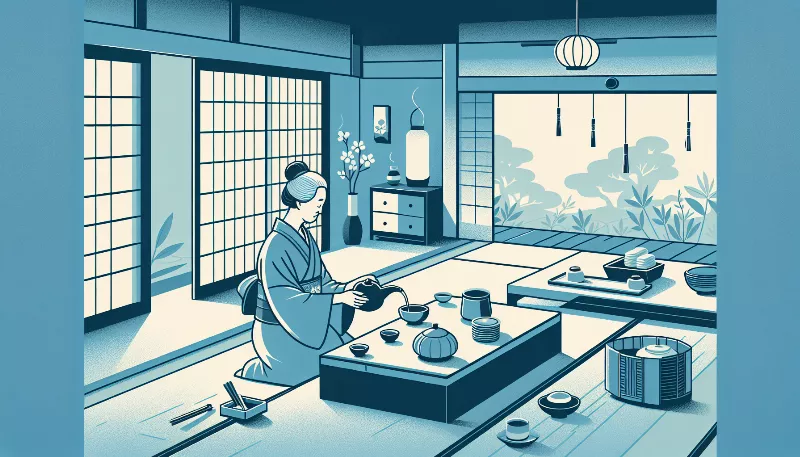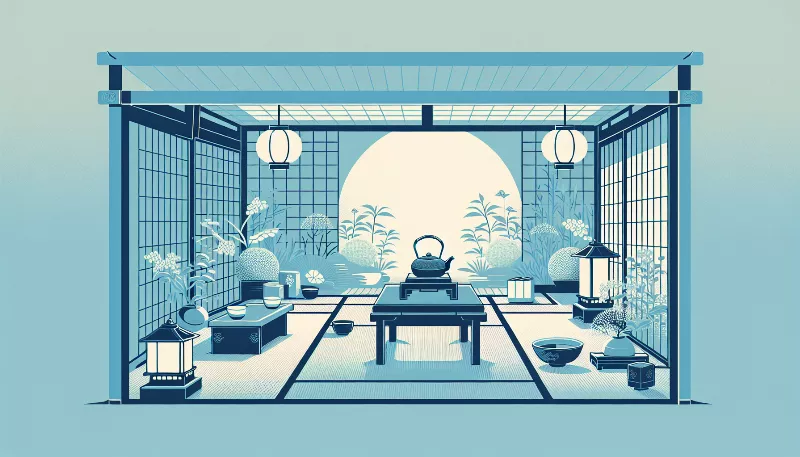The Way of Tea: Embracing the Cultural Tapestry of Japanese Chado
Discover the serene art of Japanese tea ceremonies. Explore Chado's rich history, etiquette & spiritual depth in our enlightening guide.

The Way of Tea: Embracing the Cultural Tapestry of Japanese Chado
Steeped in tradition and refined over centuries, the Japanese tea ceremony, known as Chado or Chanoyu, is more than a mere act of drinking tea. It is a spiritual and philosophical journey that embodies harmony, respect, purity, and tranquility. Let us embark on an enchanting exploration of this ceremonial art form, which is an integral thread in the cultural tapestry of Japan.
The Roots of Chado
The origins of Chado can be traced back to the 9th century when tea was first introduced to Japan from China. However, it was not until the 16th century that the practice evolved into the highly ritualistic ceremony we know today, thanks to the influential tea master Sen no Rikyu. Under his guidance, Chado became a transformative experience, emphasizing rustic simplicity and a profound connection with nature and the seasons.
A Symphony of Elements
Every aspect of the tea ceremony is a deliberate and thoughtful expression of beauty and etiquette. From the selection of utensils to the preparation of the tea room, each element is chosen to reflect the occasion's theme and the time of year. The tea itself, typically a powdered green tea called matcha, is whisked to perfection, creating a frothy elixir that is both bitter and sweet, mirroring life's complexities.
The Choreography of Chado
The tea ceremony is akin to a dance, with precise movements and gestures that have been passed down through generations. The host performs a series of choreographed steps, from cleansing the utensils to serving the tea, each motion imbued with symbolism and grace. Guests, too, play their part, observing strict protocols that show respect for the host's efforts and the occasion's solemnity.
Chado as a Path to Mindfulness
In our fast-paced world, Chado offers a sanctuary of calm. It encourages participants to be fully present, to savor each sip, and to contemplate the transient beauty of their surroundings. This meditative aspect of the tea ceremony has made it a form of moving Zen, allowing practitioners to achieve a state of mindfulness and inner peace.
Learning and Preserving the Tradition
Today, the way of tea continues to thrive, with schools dedicated to teaching the intricate details of the ceremony. Students spend years mastering the art, ensuring that this precious cultural heritage is preserved for future generations. Moreover, Chado has spread beyond Japan's borders, captivating people worldwide with its timeless appeal and profound philosophy.
In conclusion, the Japanese tea ceremony is a celebration of the senses, an exercise in etiquette, and a spiritual journey. As we embrace the way of tea, we weave ourselves into the rich cultural tapestry of Chado, finding beauty in simplicity and connection in tradition. So, let us raise our tea bowls in honor of this exquisite practice that continues to resonate with the human spirit across ages and cultures.






